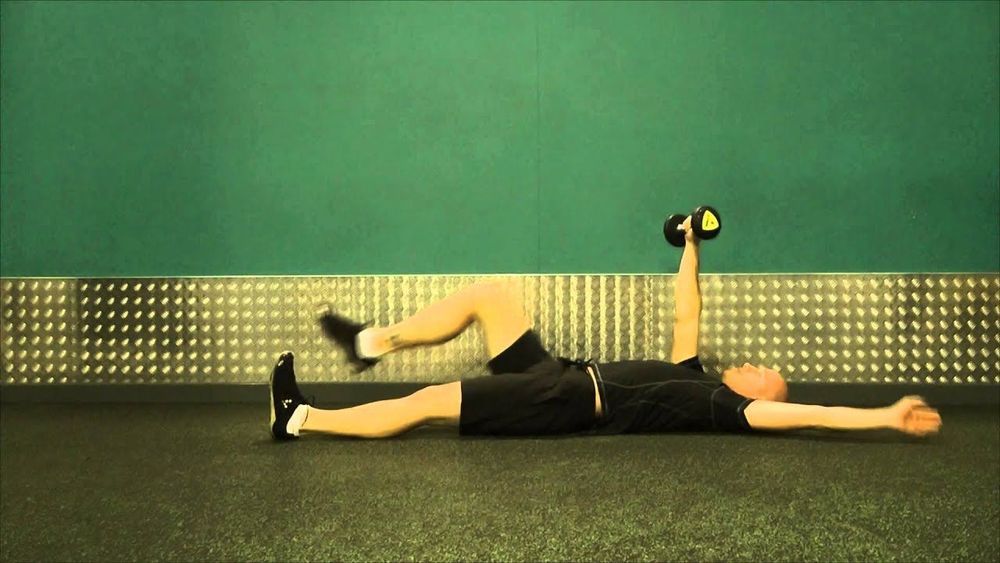Jan 1, 2020
Automotive futurist Syd Mead dies at 86
Posted by Genevieve Klien in categories: futurism, transportation
Syd Mead, creator of amazing vehicles and the universe of the movie “Blade Runner” died on December 30 at the age of 86.
Syd Mead, creator of amazing vehicles and the universe of the movie “Blade Runner” died on December 30 at the age of 86.
Google’s health research unit said it has developed an artificial-intelligence system that can match or outperform radiologists at detecting breast cancer, according to new research. But doctors still beat the machines in some cases.
The model, developed by an international team of researchers, caught cancers that were originally missed and reduced false-positive cancer flags for patients who didn’t actually have cancer, according to a paper published on Wednesday in the journal Nature. Data from thousands of mammograms from women in the U.K. and the U.S. was used to train the AI system.
But the algorithm isn’t yet ready for clinical use, the researchers said.
MDA created the Canadarm robotic manipulator. | Credit: MDA
In 2019, The Robot Report tracked 68 mergers and acquisitions for companies in the robotics industry, as of press time. This included 30 mergers and acquisitions through the first half of the year.
In many cases, the companies involved did not disclose the terms of their deal. For example, self-driving car maker Waymo recently acquired U.K.-based startup Latent Logic, but it did not reveal the purchase price. So the list consists only of mergers and acquisitions for which we know the terms.

Elon Musk founded SpaceX in 2002 with the goal of populating outer space. But in the nearly 18 years since – and even as the rocket company continues to disrupt the global launch industry – the most complex life-form SpaceX has flown is a mouse.
That should all change in early 2020, though, as SpaceX prepares to launch its first crewed mission aboard its new capsule-like spaceship, called Crew Dragon.
Distances in the expanding Universe don’t work like you’d expect. Unless, that is, you learn to think like a cosmologist.
In a study published Jan. 1 in Nature, researchers from Google Health, and from universities in the U.S. and U.K., report on an AI model that reads mammograms with fewer false positives and false negatives than human experts. The algorithm, based on mammograms taken from more than 76,000 women in the U.K. and more than 15,000 in the U.S., reduced false positive rates by nearly 6% in the U.S., where women are screened every one to two years, and by 1.2% in the U.K., where women are screened every three years. The AI model also lowered false negatives by more than 9% in the U.S. and by nearly 3% in the U.K.
Working with medical experts, engineers at Google Health have created an AI model that lowers false positive and false negative rates for mammogram breast cancer screening.
Playing with fire can be dangerous and never more so than when confined in a space capsule floating 250 miles above the Earth. But in the past week astronauts onboard the International Space Station have intentionally lit a series of blazes in research designed to study the behaviour of flames in zero gravity.
The scientists behind the experiment, called Confined Combustion, say it will help improve fire safety on the ISS and on future lunar missions by helping predict how a blaze might progress in low gravity conditions.
Dr Paul Ferkul, of the Universities Space Research Association, who is working on the project, said: “That is the immediate and most practical goal since NASA can use the knowledge to improve material selection and fire safety strategies.”

One major concern this time of year is how to undo the excess of the holidays. Helping the gut microbiome is a start. Health-Ade Kombucha is a fermented tea that contains probiotics—the same stuff you get from miso, sauerkraut, and yogurt—which can help add to the healthy bacteria in your gut. Have a serving in the morning to aid in digestion throughout the day.
A group of scientists from the Russian Academy of Sciences (ICG SB RAS) and the TSU Biological Institute has established a path through which nanoparticles of viruses and organic and inorganic substances from the environment enter the brain. Additionally, the researchers report a simple and inexpensive way to block their entry. The data obtained by the project could play a large role in medicine and pharmaceuticals, where nanoparticles are increasingly used for the diagnosis and treatment of serious diseases.
“There are a large number of nanoparticles of a wide variety of chemical elements and their compounds in the environment, ranging from harmless to toxic, for example, heavy metal oxides,” says Mikhail Moshkin, director of the Center for Laboratory Animal Genetic Resources of the ICG SB RAS. “Scientists have accumulated data that indicate the adverse effect of nanoparticles, for example, people who live closer than 50 meters to large highways may develop neurodegenerative diseases (Alzheimer’s, Parkinson’s and others) due to the accumulation of nanosized particles in the brain.”
The researchers sought to determine how nanoparticles enter the brain. They cannot penetrate through the lungs and blood vessels because the blood-brain barrier blocks them from the brain. Experiments conducted on rodents helped calculate the trajectory of the movement of nanoparticles.
